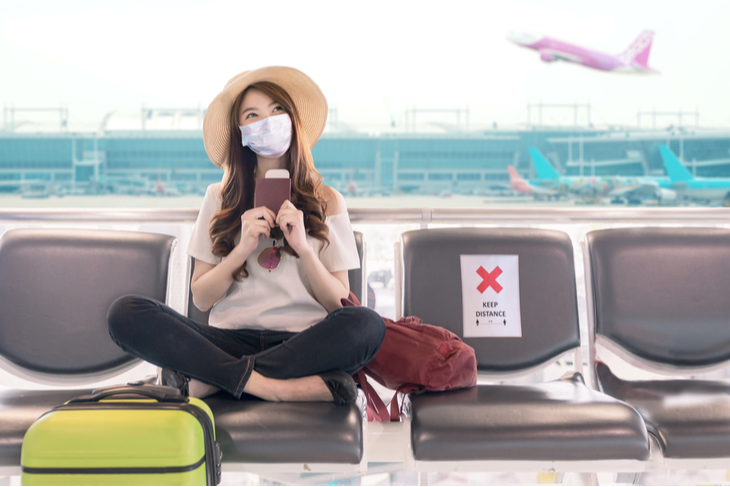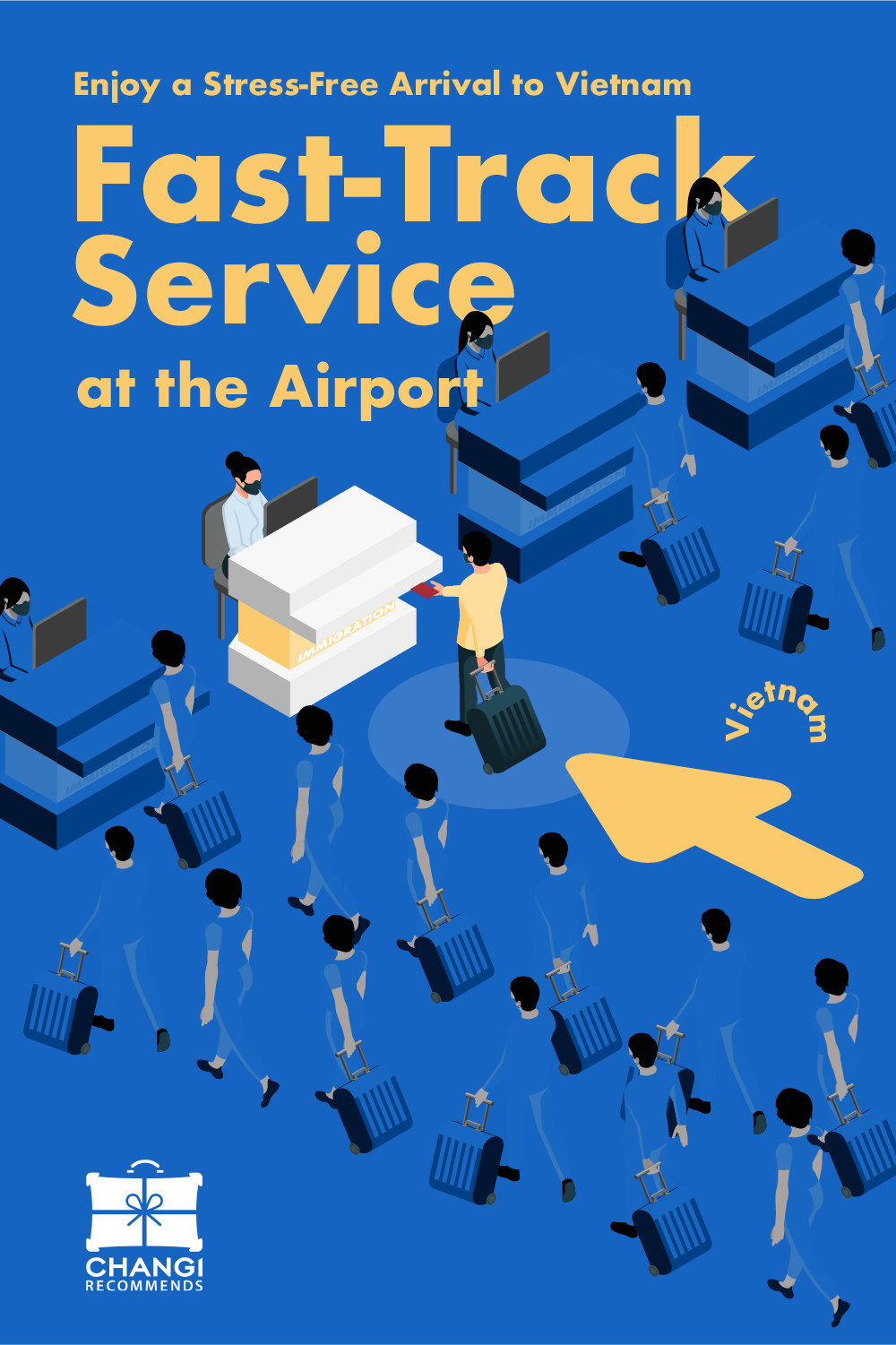It’s almost the end of 2020, and you could rightfully say that this is the year of no travel – but fortunately, you can turn to Netflix.
Think about this. A nanosize virus sweeps the globe, upended the economy, and leaves the aviation sector hanging on the line as countries enter lockdowns – doesn’t it seems like the premise of a sci-fi flick? Well, this time around, it is the reality.
We are also given a new set of commandments to co-exist with the virus (which could probably be endemic) such as safe-distancing, wearing a mask, and the rule of 5.
No one knows what the future holds in the face of Covid-19, but one thing’s for sure, the damages to the economy cannot be undone easily. Some sectors might be able to recover swiftly, but the economic shockwaves from the pandemic will carry into 2021, especially for the aviation and tourism industry.
But all hope is not lost as the “suppression and lift” strategy against the virus is working out for some countries in Asia, and they are taking cautious steps to revive the economy especially the beleaguered aviation and tourism industry.
Striking A Delicate Balance Between Public Safety and Economy
Globally, travel and tourism’s direct contribution to GDP was approximately 2.9 trillion U.S. dollars in 2019. And if you look at Singapore itself, the tourism sector contributes 4% to the nation’s gross domestic product which was reported to be $27.1 billion in 2019. Think about the businesses and jobs at stake.
While it’s impossible to get rid of the virus completely and to keep the borders closed indefinitely, there are steps we could take to lower the risk of virus transmission within the community such as rigorous testing, contract-tracing and quarantining the contacts.
Based on the current global outlook, it’s clear that we can’t go back to pre-virus times. Instead, we need to chart a new path. It is a delicate balance to strike between public safety and the economy.
Travel Bubbles in the Coronavirus Era
For the travel-starved folks in Singapore, you must be wondering when can you go on a holiday, or rather, which destinations are “safe” to travel, which brings us to the term ‘Travel Bubble‘ also known as the ‘Travel Corridors’.
So what exactly is a ‘travel bubble’? A ‘Travel Bubble’ is an exclusive partnership between neighbouring countries that have successfully brought the spread of the virus under control, to resume cross-border air travel. This also implies that the countries which formed the travel bubbles could ease restriction measures such as allowing people to travel freely without the need for them to undergo the quarantine upon arrival or having a controlled itinerary. However, health declarations and pre-entry Covid-19 tests are mandatory before the trip. As well, travellers have to adhere to the country’s COVID-19 regulation, such as wearing a mask, safe-distancing, and limited size for gathering.
The current ‘active’ travel bubbles initiated in Singapore are mostly meant for business/official travel to better manage the risk of a virus outbreak.
Nothing in the travel bubble concept is intended to favour any country over another based on any factor other than the evolution of the pandemic.
Meanwhile, there is an in-principle agreement between Singapore and Hong Kong to form a travel bubble for leisure travel in a bid to resuscitate the aviation sector as both countries have demonstrated their capabilities to suppress the virus outbreak. Plans for the Singapore-Hong Kong travel bubble are still underway and if things pan out well, we can all look forward to more travel bubbles in 2021.




